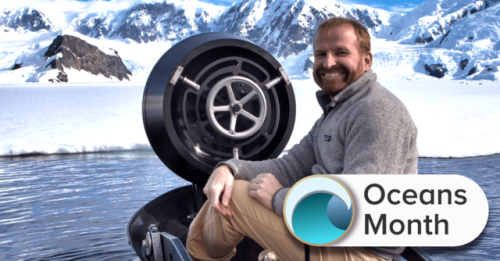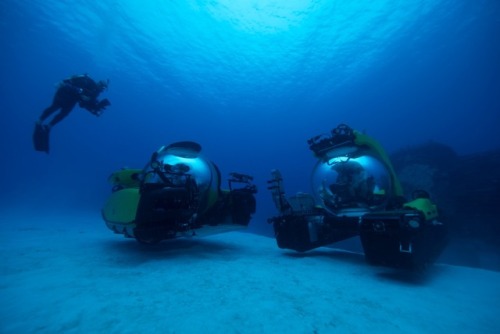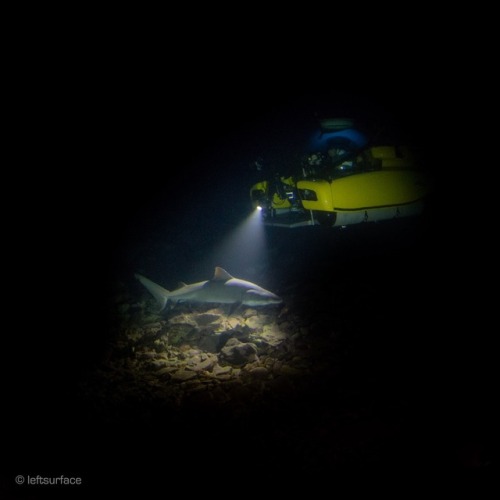#world oceans month
Whales are majestic, awe-inspiring animals. Some species can reach up to 150 tons and take in a living room-sized volume of water in one gulp. They can even dive thousands of feet into the ocean while holding their breath all the way down. But these traits are also why whales are a mystery to scientists. It’s hard to imagine that the earliest ancestors of these graceful creatures of the deep were four-legged dog-like animals that lived on land.
In his book Spying on Whales: The Past, Present, and Future of Earth’s Most Awesome Creatures, paleontologist Nick Pyenson examines the fascinating features of these animals—from their enormous size, echolocation abilities, and specialized feeding behaviors—and how they can be used to piece together the evolutionary story of whales. Tune in to today’s show at 2pm ET for our wrap up of Oceans Month!
Photo by Smithsonian Institution Archives/Public Domain
Post link
In 1995, a loggerhead turtle named Fisher washed ashore in North Carolina. He was too weak to swim back out to sea solo, so researchers and various institutions cared for him. A decade later, Fisher had grown to a hearty 150 pounds. It was time for him to go.
Researchers generally believe that baby loggerhead turtles born in the western Atlantic hitch a ride via the Gulf Stream to the eastern part of the sea, and hang out there for 10 to 15 years before making their way back to their hometown. It remains a mystery exactly why the turtles return, but Lucy Hawkes, an animal migration researcher and senior lecturer in ecology at University of Exeter, guesses that it’s an evolutionary tendency—the turtles sense that if they themselves were born in a certain place, it must be a safe place for them to have their own babies.
When Fisher was released, Hawkes expected him to follow that path and allow the Gulf Stream to carry him across the sea. Instead, he bee-lined straight across the ocean towards the eastern Atlantic (as indicated by the purple line on the map above).
“It was like he was playing catch-up in a race,” Hawkes says. “Think of it as a running race around the side of the field. When the race started, Fisher was too busy doing his shoes up or something, and then halfway through the race he thought, ‘Oh god, I better catch up with everybody else!’ and then ran straight across the field rather than around the side of it like everyone else did.”
She had never seen this kind of path before. But Fisher’s case isn’t the only mystery of turtle migration. Hawkes is doing constant sleuthing for migration mysteries: “It’s like being a real-life detective of animals.” Read more about the stories locked within maps here.
All map images reprinted from Where the Animals Go: Tracking Wildlife with Technology in 50 Maps and Graphics by James Cheshire and Oliver Uberti
Post link
Meet the sub pilot who helps film Blue Planet.
You’ve likely seen some amazing underwater documentary footage from places like BBC’s Blue Planet and Discovery Channel. But have you ever wondered about the submarine pilots who make that footage possible in the first place?
Meet Mark “Buck” Taylor, the sub team leader for the research and exploration vessel Alucia. Buck is responsible for carrying out all the submersible operations aboard the ship. The Aluciafacilitates missions for both scientific research and serves as a home base for documentary productions like Blue Planet.
Buck started his career far away from cameras as an explosive ordnance device diver for the British Navy. After that, he was a submarine rescue pilot and transitioned to documentary and scientific research.
We sat down with him to talk about what it’s like doing science at the bottom of the sea, capturing the first footage of a living giant squid, and how the ocean still amazes him. Read the interview here.
Photos courtesy Buck Taylor
Post link
You may not know it, but you have a deep relationship with the ocean. Covering about 70 percent of Earth’s surface, the ocean helps regulate the planet’s climate, provides millions with a livelihood—not to mention it is the source for almost half of the oxygen you breathe. As marine biologist and explorer Sylvia Earle says, “With every drop of water you drink, every breath you take, you’re connected to the sea. No matter where on Earth you live.”
Yet, despite the significant role it plays in our lives, we only know very little about the ocean. Beneath the vast surface there’s a wild ecosystem—an estimated 91 percent of marine species are yet to be identified, and scientists have charted more of the moon and Mars than the topography of the ocean, for example.
That’s why, throughout World Oceans Month this June, we’ll be exploring the science beneath the waves—from journeying to the ocean floor with deep sea researchers, to swimming alongside some of the most surprising animal migrations on the planet, to exploring the invisible forest churning oxygen just below the waves, to resurfacing classic interviews from the SciFri archive, and more.
Take a deep breath and dive in. We’ve got a lot to explore.
Post link






